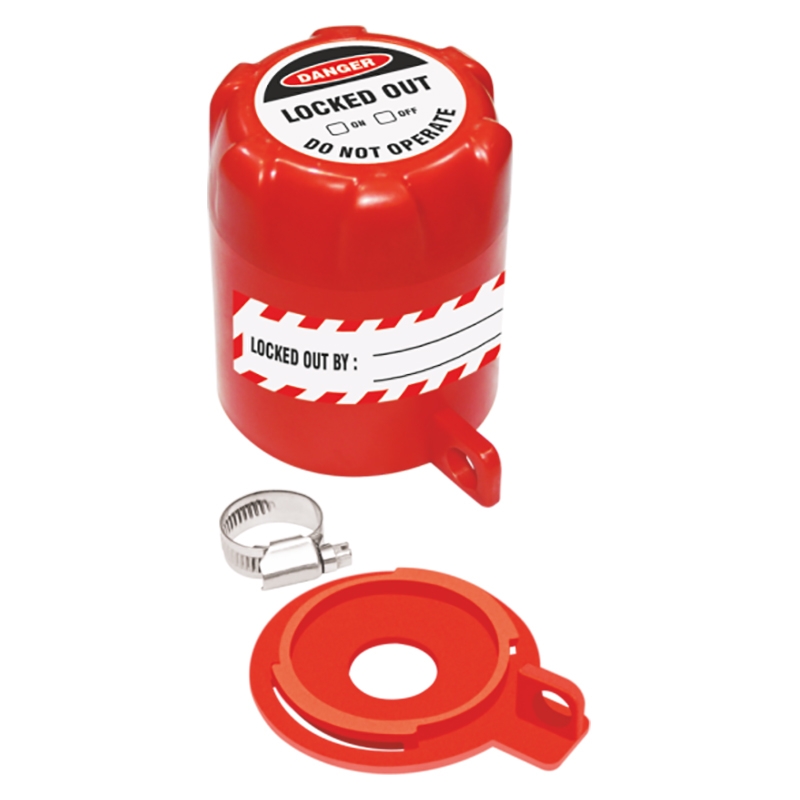Valve Lockout Devices For Complete Valve Lockdown
Stop Valve Operation
The process of locking down valves ensures that the machinery that the valve operates remains switched off while personnel carry out work that could be extremely dangerous should the valve be left on.
The governing body that oversees lockout/tagout procedures – the Occupational Safety and Health Administration (OSHA) – state that any energy isolating device (valve, switch, etc.) installed after November 1, 1994, must be designed to accept a lockout device that holds it in the off or safe position and prevents operation. Any energy isolating device that has been replaced, renovated, overhauled, or modified since November 1, 1994, must also be able to accept a lockout device.
This means that any valves you use should be able to accept a lockout device, and it is extremely important to purchase the correct valve locking equipment for the type of valve(s) you need to lock out.
The valve lockouts we sell are suitable for bell valves, gate valves, plug valves, globe valves and butterfly valves. By applying these devices, valves are completely locked down, thus preventing anyone from operating the valve while personnel may be carrying out work in potentially hazardous situations.
Valve lockouts work by attaching a sturdy lockout device over the operational part of the valve, before securing it in place with either hasps or padlocks. For extra safety it is recommended that each individual working on a job attaches their own padlock to the valve lockout, and only removes their padlock when they have completed their work and leave the job.
 Plug Valve Lockout
Plug Valve Lockout
